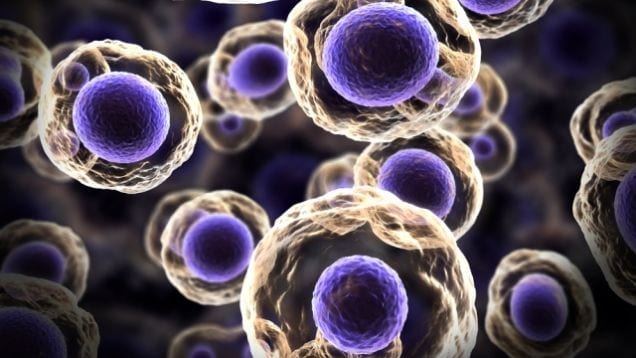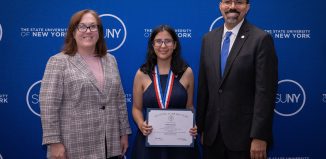By Elof Axel Carlson

There are millions of species of living things. Until the 1860s biologists divided them into two kingdoms, animals and plants.
Louis Pasteur revealed a third group of microscopic bacteria that caused disease, fermented foods (like cheeses), rotted food and decomposed dead organisms. In the mid-20th century this third group, known as prokaryotes, was shown to consist of eubacteria and archaea, differing mostly in how they used energy to carry out their living activities.
Bacteria mostly use oxygen, sunlight and carbon dioxide as fuels and an energy source. Some bacteria are like green plants and use chlorophyll to convert carbon molecules to food and release oxygen. Most of Earth’s atmosphere arose from that early growth of photosynthetic bacteria. Archaea mostly use sulfur, superheated water and more extreme environmental conditions (like deep sea vents) for their energy.
Biologists today identify cellular life as having three domains — archaea, bacteria and eukaryotes. We belong to the eukaryotes whose cells have nuclei with chromosomes. The eukaryotes include multicellular animals, multicellular plants, unicellular protozoa (protists), unicellular algae and fungi.
The two prokaryotic domains and the five eukaryotic groups are designated as kingdoms. A rough time table of early life on Earth would put prokaryotic life about 3.5 to 3.8 billion years ago, the first free oxygen in our atmosphere about 3.5 billion years ago, the first eukaryotic cells about 2.5 billion years ago and the first multicellular organisms about 1.5 billion years ago.
The branches of the tree of life biologists construct have an earliest ancestor called LUCA (for the last universal common ancestor of a particular branch). There may have been a biochemical evolution preceding the formation of the first cellular LUCA with RNA and protein associations, RNA and DNA associations and virus-like sequences of nucleic acids.
The three domains have produced six million different genes. Molecular biologists have identified 355 genes that all cellular organisms share in common. This is possibly the genome of the LUCA of all living cellular organisms. Whether such a synthetic DNA chromosome could be inserted into a bacterial or archaeal cell or even a eukaryotic cell whose own DNA has been removed has not yet been attempted. It may not work because we know little about the non-DNA components of bacterial or archaeal cells.
Biologists have known for some time that a nucleus of a distant species (e.g., a frog) placed in a mouse egg whose nucleus has been removed will not divide or produce a living organism. But two closely related species (like algae of the genus Acetabularia) can develop after swapping nuclei. In such cases the growing organism with the donated nucleus resembles the features of the nuclear donor.
There is a LUCA for the first primate branch with the genus Homo. We are described as Homo sapiens. Anthropologists and paleontologists studying fossil human remains have worked out the twigs of the branch we identify as the genus Homo. Neanderthals and Denisovans (about 500,000 years ago) are the two most recent branches that preceded the origins of H. sapiens (about 160,000 years ago). Most humans have a small percentage of Neanderthal or Denisovan genes. Fossils of Homo erectus (about 1.8 million years ago) or Homo habilis (about 2.8 million years ago) are much older than the recent three species of Homo. Those fossils do not have DNA that can be extracted from teeth.
A second objective of studying LUCA’s 355 genes will be the identification of each gene’s function. That will tell biologists what it is that makes these genes essential in all cellular organisms.
I can think of a third important consequence of studying LUCA. There are millions of different viruses on Earth, especially in the oceans. If cellularity arose from clusters of viruses, the genes of the mother of all LUCAs may be scattered among some of those viruses and give biologists insights into the step-by-step formation of that first LUCA cell.
In Gilbert and Sullivan’s operetta, “The Mikado,” one character boasts of tracing his ancestors to a primordial bit of protoplasm. The genome of LUCA might become an unexpected example where science imitates art.
Elof Axel Carlson is a distinguished teaching professor emeritus in the Department of Biochemistry and Cell Biology at Stony Brook University.







